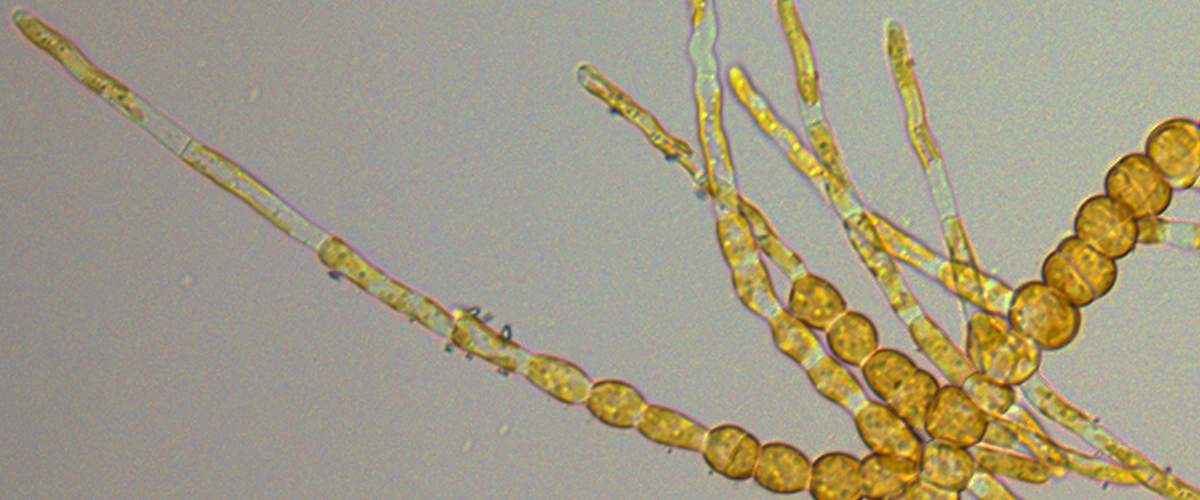


Team Morphogenesis of macroalgae (MMA)
Links
[1] https://www.sb-roscoff.fr/en/file/station-biologique-roscoff-celltypes-3455png
[2] https://www.sb-roscoff.fr/en/file/station-biologique-roscoff-ectofluo-3442png
[3] https://www.sb-roscoff.fr/en/file/station-biologique-roscoff-apical-tem-3453png
[4] https://www.sb-roscoff.fr/en/file/station-biologique-roscoff-ectolarge-3456png
[5] https://plus.google.com/share?url=https%3A//www.sb-roscoff.fr/en/team-morphogenesis-macroalgae-mma
[6] https://twitter.com/share?url=https%3A//www.sb-roscoff.fr/en/team-morphogenesis-macroalgae-mma&text=Team%20Morphogenesis%20of%20macroalgae%20%28MMA%29
[7] https://www.facebook.com/sharer.php?u=https%3A//www.sb-roscoff.fr/en/team-morphogenesis-macroalgae-mma&t=Team%20Morphogenesis%20of%20macroalgae%20%28MMA%29
[8] https://www.sb-roscoff.fr/en/print/team-morphogenesis-macroalgae-mma
[9] https://www.sb-roscoff.fr/en/%26%23109%3B%26%2397%3B%26%23105%3B%26%23108%3B%26%23116%3B%26%23111%3B%26%2358%3B
[10] https://www.sb-roscoff.fr/en/2025/10/06/new-publication-how-upgrade-stolen-organelles-permanent-plastids-a-comparative-transcriptomic-perspective-0?lab_id=&group_id=1213
[11] https://www.sb-roscoff.fr/en/2025/08/29/join-us-a-blue-biotechnology-transregional-workshop?lab_id=&group_id=1213
[12] https://www.sb-roscoff.fr/en/2025/07/02/call-2026-embrc-france-scientific-access-support?lab_id=&group_id=1213